Modified Crown Vic, Vehicle Phantom View
Modified Crown Vic, Vehicle Phantom View, 2010-2011
Newly added To Portfolio, Modified Crown Vic, Phantom View, Created for Sheridan College. Technical Illustration. Automotive Illustration.
This project was created for Sheridan College between 2010-2011. Originally it started as a personal project to see how far I could take a phantom view illustration but inevitably turned into my thesis project for 4th year Illustration. The difficulties in creating an illustration of this magnitude occur when you try to gather reference material. Specific components are unique from car to car, so referencing pieces from a rear-wheel drive vehicle may be completely different from that of a front-wheel or all wheel drive vehicle. This is more true for this specific illustration because I didn’t just use references of a Ford Crown Vic. Many different parts were used from all sorts of manufacturers, from a Mazda engine to a Cadillac Catera interior. I went this way because I knew I wouldn’t have enough material for one specific car and I wanted to have a little fun with it at the same time.
“The difficulties in creating an illustration of this magnitude occur when you try to gather reference material. Specific components are unique from car to car, so referencing pieces from a rear-wheel drive vehicle may be completely different from that of a front-wheel or all wheel drive vehicle. This is more true for this specific illustration because I didn’t just use references of a Ford Crown Vic”.
Once most of my reference material was gathered I decided on the angle and view I wanted the car to appear on, a lot of this was based on the reference material itself as what I had to work from help dictate the final view (to some degree). The line work began in Illustrator CS5 starting with the body. From there I did print-outs to draw on top of which helped me map out where the rest of the components would go. The drive shaft and steering wheel were drawn in pencil at first and then traced in illustrator but other components like the engine and wheels I created directly in Illustrator. (I have no set method for creating an illustration, I’ll alternate from computer to pencil quite often. If one way isn’t working out I’ll switch to the other). From there I moved onto the wheels, drawing the individual treads took a great deal of time, I think I redid a couple wheels more than once too, chalk it up to a great learning experience that was all worth it in the end. After I was satisfied with that I started on the engine, the bread and butter of the piece. Fitting a Mazda engine inside a Crown Vic was quite challenging but I welcomed it, things went a lot smoother here surprisingly, it just took a lot of time. I think overall this whole piece took about 150+ hrs. The last part was the interior and extras that I borrowed from a Cadillac Catera specifically the cream colors used in the final piece. Coloring took place in Photoshop CS5 which was the fun part. I worked rather large, The final piece was made to be outputted at nearly 10ft wide which really hampers the RAM on your computer working at that size. You just have to deal with it and have patience.
“The drive shaft and steering wheel were drawn in pencil at first and then traced in illustrator but other components like the engine and wheels I created directly in Illustrator. (I have no set method for creating an illustration, I’ll alternate from computer to pencil quite often. If one way isn’t working out I’ll switch to the other)”
Once I had the piece close to completion I took it for some critiques, I made some modifications to the wheels, body and windows. It was a lot of extra work but it helped the final piece in the end. I presented this to the Adobe Design Achievement Awards, ADAA in 2011. An online award submission held by Adobe every year for current and recent graduates. I received a semi-finalist award for this piece and some good recognition. All in all I’m happy with the final drawing but I am looking forward to trying something a little different the next time I work on an illustration of this size.
More images for this project can be found in my portfolio under, Modified Crown Vic, Phantom View


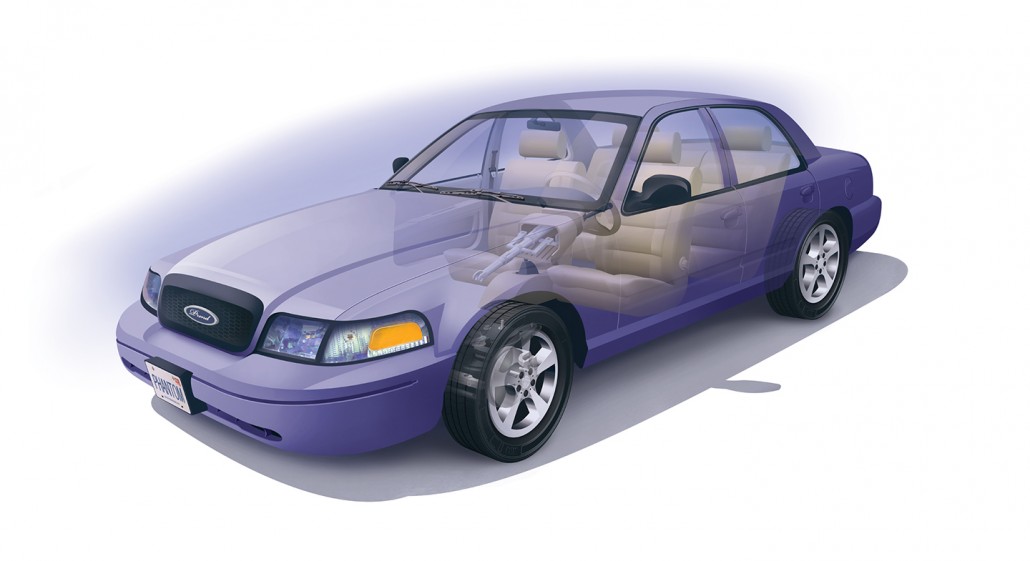



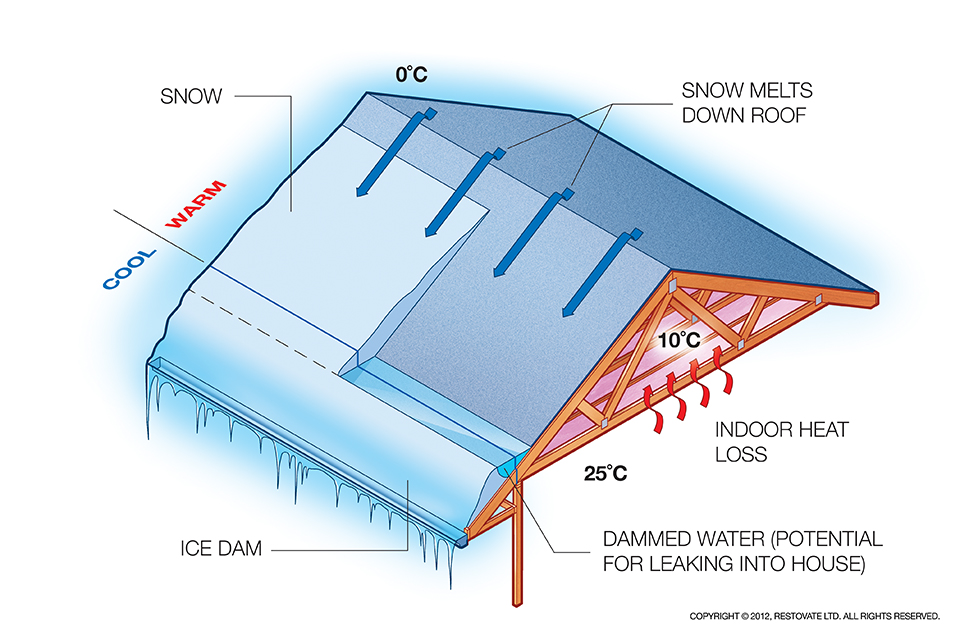

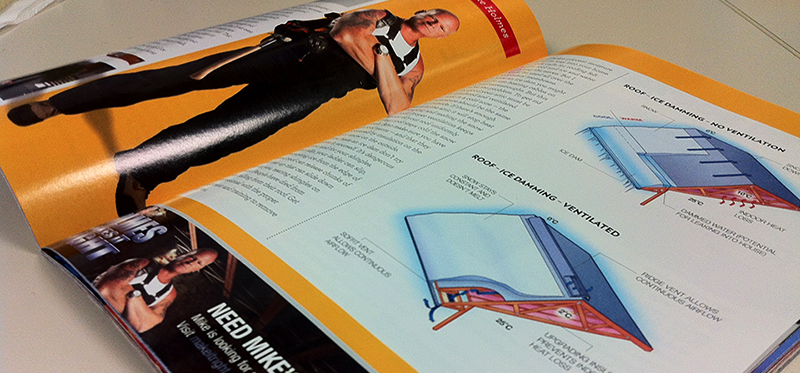


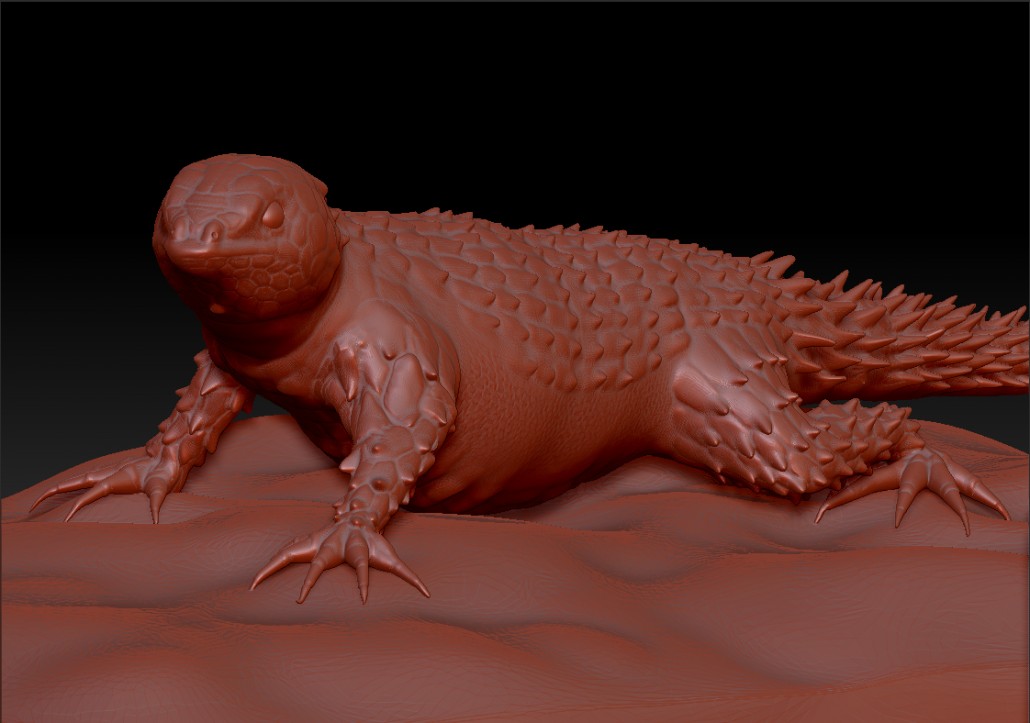
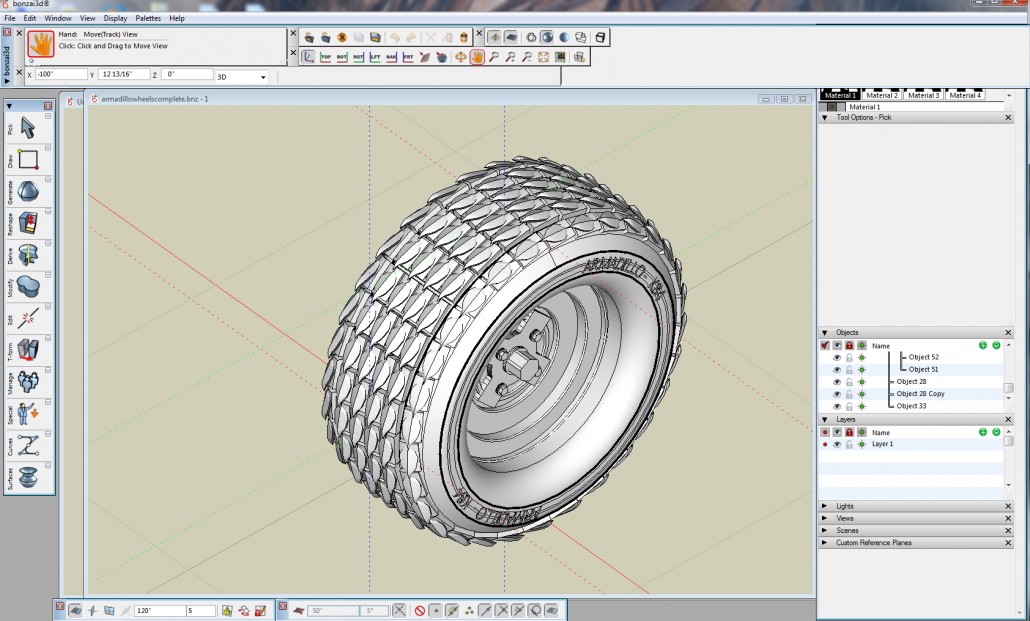

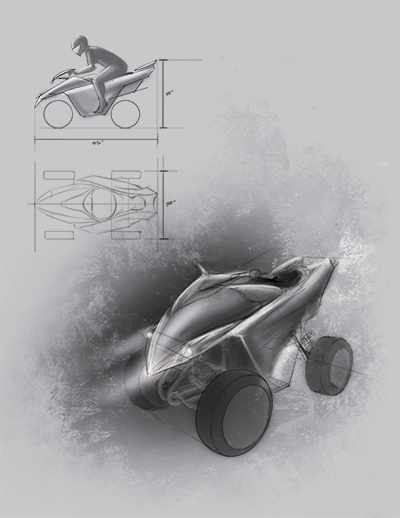 I worked mainly from my own reference sketches to create the finished ATV and tire. Taking the profile sketches into 3 dimensions was probably the most crucial piece because that was where I began to see how everything was going to fit together. From this I was able to create the 3D model without running into too many unforeseeable problems and saved quite a bit of time creating the final piece.
I worked mainly from my own reference sketches to create the finished ATV and tire. Taking the profile sketches into 3 dimensions was probably the most crucial piece because that was where I began to see how everything was going to fit together. From this I was able to create the 3D model without running into too many unforeseeable problems and saved quite a bit of time creating the final piece.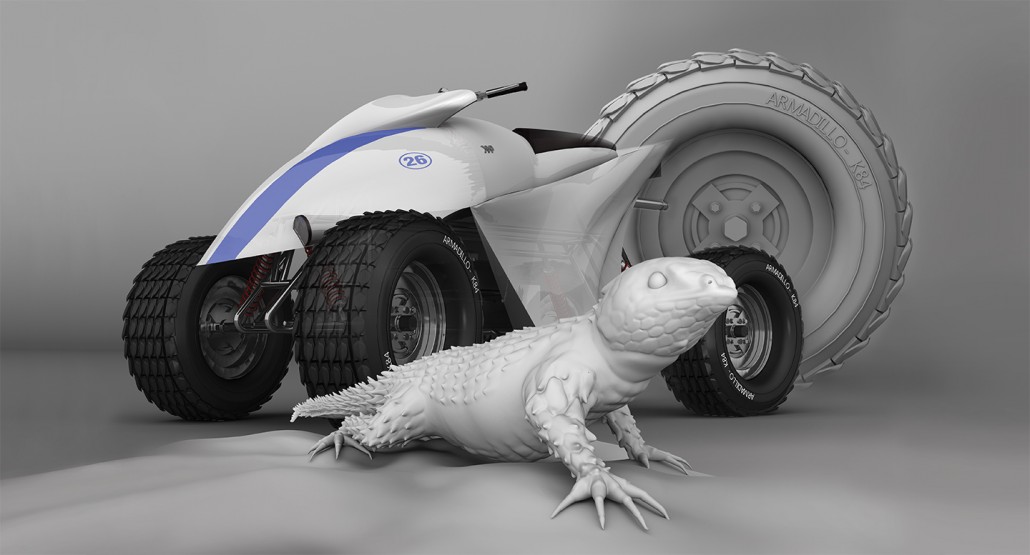

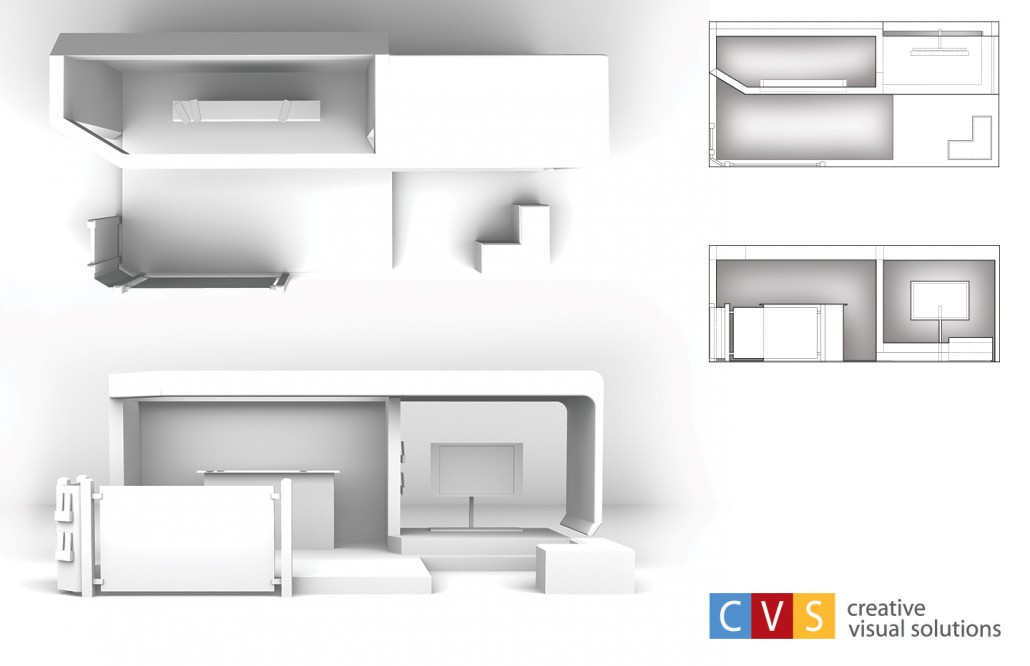
 The earlier design to the left came from a side profile sketch that didn’t include the front glass barrier and brochure stand. As other elements were added the design became less organic and front heavy like it would topple over. Changes were made to make it more open and inviting to guest. In the final design the Monitor on the right was given some walls to keep sound isolated to guest seated at the small box seats which also doubled as storage bins.
The earlier design to the left came from a side profile sketch that didn’t include the front glass barrier and brochure stand. As other elements were added the design became less organic and front heavy like it would topple over. Changes were made to make it more open and inviting to guest. In the final design the Monitor on the right was given some walls to keep sound isolated to guest seated at the small box seats which also doubled as storage bins.
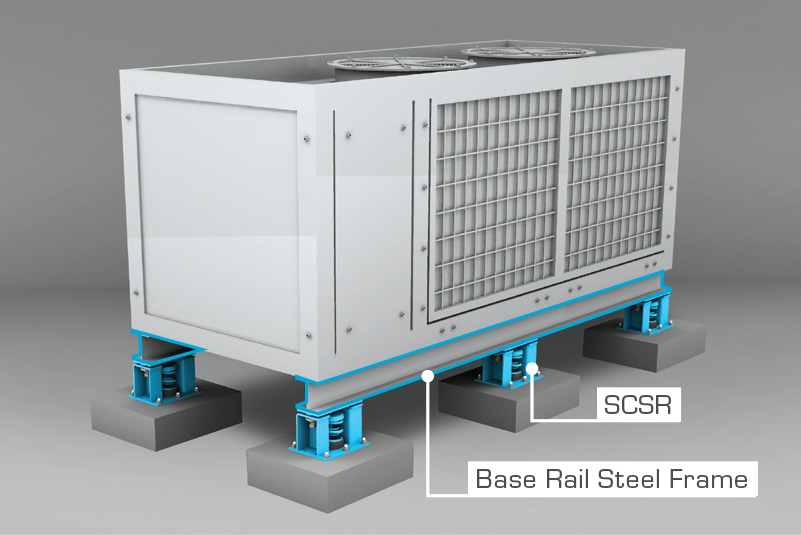





Recent Comments